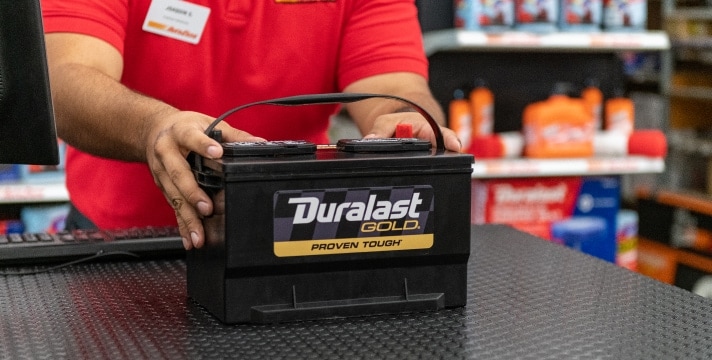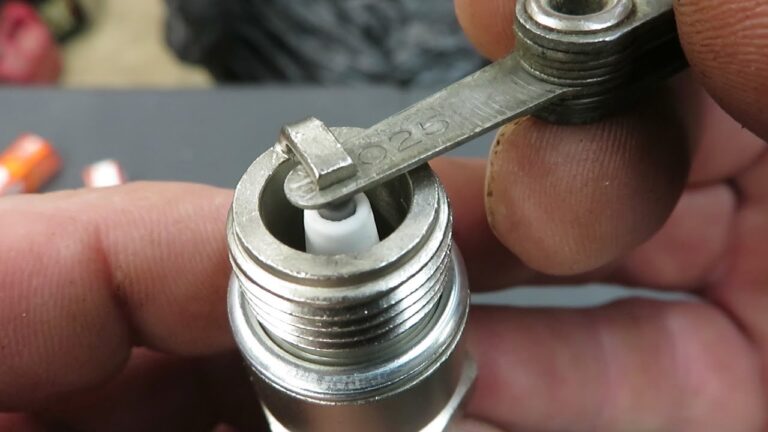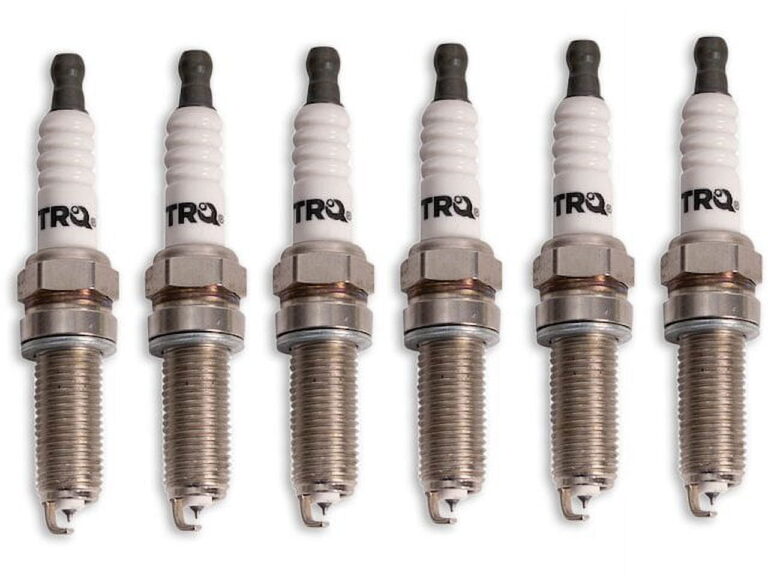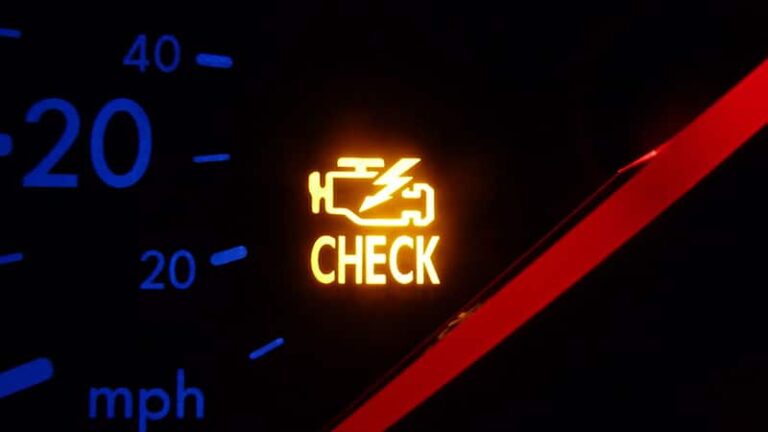Will a Mass Air Flow Sensor Cause a Misfire?

The Mass Air Flow (MAF) sensor plays an important role in your vehicle’s engine performance by measuring the amount of air entering the engine. This information is used by the engine control unit (ECU) to adjust the fuel-air mixture for optimal combustion. If the MAF sensor malfunctions, it can affect engine performance and potentially lead to a misfire. Let’s dive into how a faulty MAF sensor can cause this issue.
How the MAF Sensor Works
The MAF sensor detects the volume and density of the air entering the engine. It then sends this data to the ECU, which adjusts the fuel injectors to maintain the correct air-fuel ratio. This process is critical for the engine’s smooth operation and optimal power output. If the MAF sensor is giving incorrect readings, the ECU might adjust the fuel mixture improperly, leading to various issues, including misfires.
How a Faulty MAF Sensor Can Cause a Misfire
A misfire occurs when one or more cylinders in the engine fail to ignite properly. This can be caused by several factors, and a malfunctioning MAF sensor is one of them. Here’s how it can contribute:
1. Incorrect Air-Fuel Mixture
When the MAF sensor provides incorrect readings to the ECU, it can cause the engine to run too rich (too much fuel) or too lean (too little fuel). Both conditions can cause poor combustion, leading to engine misfires. A rich mixture can flood the engine, while a lean mixture may result in insufficient power and unstable operation.
2. Engine Stalling or Rough Idling
A malfunctioning MAF sensor can also lead to engine stalling or rough idling, both of which are common symptoms of a misfire. When the ECU receives incorrect air flow data, it may not adjust fuel flow properly, causing the engine to struggle, especially during idle when the demand for power is low.
3. Poor Engine Performance
A misfire caused by a bad MAF sensor can also lead to reduced acceleration and overall engine performance. If the engine is not getting the right balance of air and fuel, it may not be able to perform optimally, causing hesitation, sputtering, and other driving difficulties.
Other Symptoms of a Faulty MAF Sensor
In addition to misfires, a malfunctioning MAF sensor can present other symptoms that can indicate the issue:
- Check Engine Light (CEL): A faulty MAF sensor can trigger the check engine light, which is often accompanied by a specific trouble code related to the sensor.
- Poor Fuel Economy: Since the engine is not operating at the optimal air-fuel ratio, fuel efficiency can decrease, leading to higher fuel consumption.
- Hesitation and Stalling: The car may hesitate when accelerating or stall unexpectedly due to improper fuel delivery.
- Engine Surging: The engine might surge or jerk during driving if the fuel mixture is incorrect.
How to Diagnose and Fix a Faulty MAF Sensor
1. Check for Trouble Codes
Using an OBD-II scanner, you can read the trouble codes from your car’s ECU. Common codes related to a faulty MAF sensor include P0100 to P0104. These codes can help confirm whether the MAF sensor is the culprit.
2. Inspect the Sensor
Visually inspect the MAF sensor for any signs of damage, dirt, or oil buildup. Cleaning the MAF sensor using a specialized MAF sensor cleaner can sometimes resolve the issue if it’s dirty. Avoid using any other cleaning agents, as they can damage the sensor.
3. Replace the Sensor
If cleaning the sensor doesn’t solve the problem, or if the sensor is visibly damaged, it may need to be replaced. Replacing a faulty MAF sensor can restore proper engine performance and prevent misfires from continuing.
Conclusion
Yes, a faulty Mass Air Flow (MAF) sensor can cause misfires. Since the MAF sensor helps regulate the engine’s air-fuel mixture, any malfunction can result in an improper mixture, leading to poor combustion and engine misfires. If you suspect a bad MAF sensor, it’s important to diagnose and address the issue promptly to prevent further engine performance problems.
FAQs
1. Can a dirty MAF sensor cause misfires?
- Yes, a dirty MAF sensor can cause inaccurate readings, leading to improper air-fuel mixture and misfires. Cleaning the sensor may help resolve the issue.
2. How do I know if my MAF sensor is faulty?
- Symptoms of a faulty MAF sensor include misfires, poor acceleration, engine stalling, rough idling, and a check engine light with specific trouble codes related to the MAF sensor.
3. Can a bad MAF sensor cause poor fuel economy?
- Yes, a malfunctioning MAF sensor can lead to an improper air-fuel mixture, resulting in poor fuel economy as the engine is not operating efficiently.
4. How do I clean a MAF sensor?
- Use a specialized MAF sensor cleaner and carefully follow the manufacturer’s instructions. Avoid using harsh chemicals or cleaners that could damage the sensor.
5. How much does it cost to replace a MAF sensor?
- The cost to replace a MAF sensor can vary depending on the make and model of your vehicle, but typically ranges from $100 to $400, including parts and labor.





